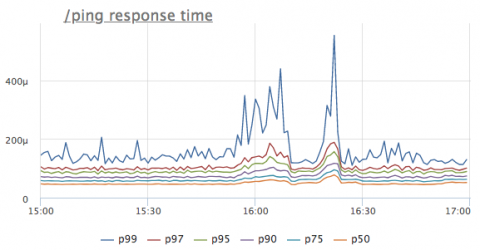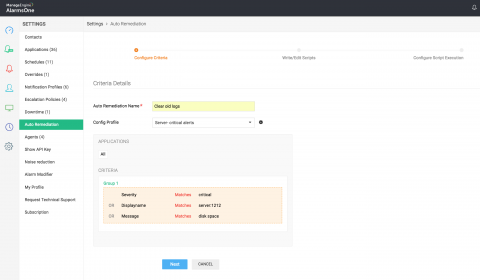Operation Data - The 18 Key Principles of DataOps
The term DataOps was coined back in 2015 but only really became a significant force in professional circles during the latter part of 2017. But what is this latest tour de force in software development methodology?











